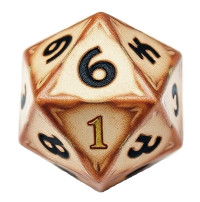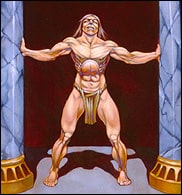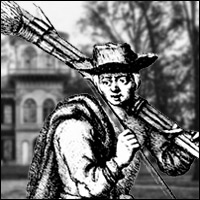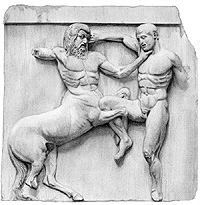Black Sails is a made for cable series that is essentially a telling of the back story of Long John Silver, the likable villain in Treasure Island. I have never seen a TV show in which I enjoyed the thematic overture like this one, with pale wax figures of pirates struggling with blackened skeletons to the psychotic arrangement by Bear McCreary.
The second season was beginning to become a letdown, with the main character, Captain Flint, exposed as a henpecked bisexual, and the characters in general wanting to make peace with England and stop being pirates. The final two episodes fix that depressing line of inquiry and set the outlaws back on a doomed collision course with their evil slave masters.
The character of Flint was a fictional figure of Robert Louis Stevenson’s novel for boys, who is never seen, but still feared long after his death. In Black Sails he is mostly based on Black Bart with Black Beard’s captured war ship under his boots. Bart was gay, as were many pirates. I did not care for the fact that only the baddest pirate is gay in this, making the film smell of leftist PC.
The name of Black Beard’s flagship, Queen Ann’s Revenge, hints at the rebellious English/Scottish character of the pirates. Their involvement with Charleston is straight out of Black Beard’s life. These were mostly discharged sailors and soldiers having found themselves penniless and unemployed in the wake of English-Spanish war. The character of Charles Vane is illustrative of the nature of a number of pirates, being backwoods islanders that congregated around Indian style barbecues; men left behind by their national economies striking out against the plantation-based mercantile system that was the ‘globalism’ of its day.
Episode 210 was a grungy slap at slave masters everywhere and everywhen, and it redeemed the rest of the season in my eyes, watching wigged criminals in service to the State getting ripped apart by cannonballs and eviscerated with cutlasses did a soul good.
One thing that has not been accurately depicted is the large number of black pirates that did serve men such as Flint and Vane, with only a few tokens in evidence among the crews. Taken together with the huge amount of attention focused on Flint being bisexual I would have to say that this is an attempt not to depict blacks as criminals, as most of the blacks depicted are slaves, and even when they are set free, we don’t get to see them depicted doing what they did, which was the same thing that condemned whites did who were lucky enough to have a warship under their heels—strike back at the colonial slave masters. This is just another example of black characters being stripped of agency in film to appease the liberal white image of them as the pets of the upper class left.
I highly recommend this series—as all of the acting is excellent and the writing is more tolerable than most of what is out there.
The pirate age lasted roughly from 1680 to 1730, a mere 40 years for a generation of disenfranchised warriors left behind by a proto-globalist slave system to strike back against the emasculating system that had used and discarded them. Many of these men had been kidnapped or pressganged in Ireland, England and Scotland. Some had been consigned to death on sugar plantations. Many had been African slaves liberated by these escaped white slaves to augment crews. They made a lasting impression on those who hunted them to extinction as well as on the un-escaped slaves that saw their bodies hanged in iron cages in ports around the English world.
If you are interested in pirates check out these articles.











